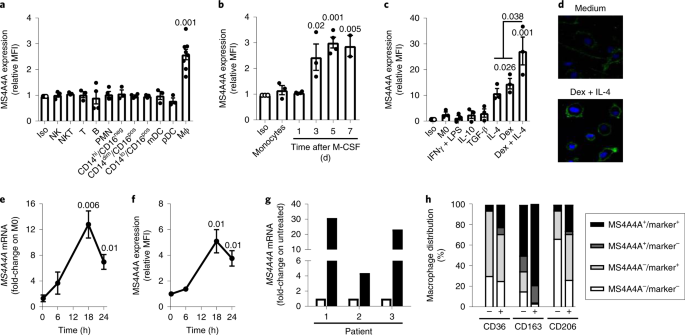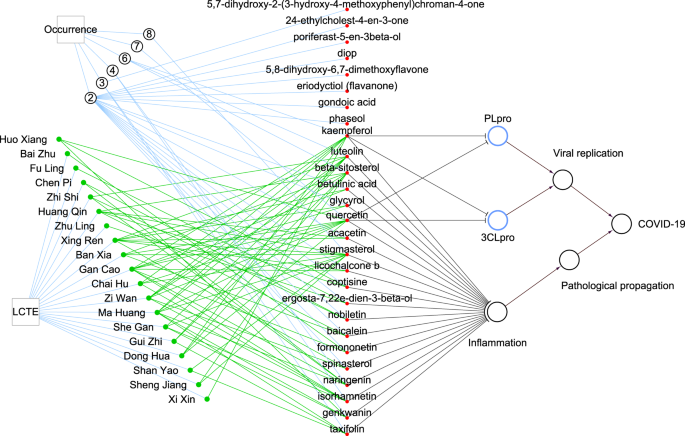
- Select a language for the TTS:
- UK English Female
- UK English Male
- US English Female
- US English Male
- Australian Female
- Australian Male
- Language selected: (auto detect) - EN
Play all audios:
At least one registered midwife should be present for every woman who is in established labour, new guidelines on safe staffing in maternity settings in England have confirmed.
The National Institute for Health and Care Excellence guidelines – published today following a consultation on a draft version last year – state that one-to-one care should be provided to
the woman throughout labour by a midwife “solely dedicated to her”.
Although, the guidance notes that this individual may not necessarily be the same midwife for the whole of labour.
“This new guideline sets out a systematic process to follow to decide how many midwives need to be employed whilst allowing for flexibility”
Organisations should also have “escalation plans” to deal with unexpected variations in demand for midwives, which NICE suggests could include sourcing extra midwifery staff or redeploying
them from other areas of care.
It also highlights certain “red flag events”, which it defines as warning signs for too few midwives available in any part of the maternity service.
These include the inability to provide one midwife per woman in established labour, missed or delayed care, and a delay of more than 30 minutes in providing pain relief.
The guidance – titled Safe midwifery staffing for maternity settings – states: “If a midwifery red flag event occurs, the midwife in charge of the service should be notified. The midwife in
charge should determine whether midwifery staffing is the cause, and the action that is needed.”
“I am glad that the guidance focuses primarily on the needs of women and babies, and the necessity of making time to give them individualised care”
Registered midwives responsible for the number and skill mix of midwives needed on a day-to-day basis should assess this once before the start of the service, day or shift depending on the
setting.
If at some point an unexpected event occurs – such as an increase of the number of women in established labour or specialist support is required for some babies – there should be a
reassessment of staffing levels.
However, service cancellations or closures should be the “last option” when responding to an inadequate staffing level, added the guidance.
Meanwhile, those responsible for determining the midwifery staffing establishment for the organisation should carry out calculations at least every six months.
The guidelines stated that calculations to determine whole time equivalent staff should only include registrants – apart from some exceptions including students, those with supernumerary
status or those taking part in a Local Supervising Authority Programme.
The guidance also sets out requirements for senior midwives to regularly analyse indicators of staffing shortfalls or excesses.
These indicators include the amount of breaks missed and overtime work – both paid and unpaid – done by midwives as well as sickness rates and job satisfaction survey results.
At board level, midwifery staffing establishment should be discussed every six months and more often if the head of midwifery believes this is necessary, added the guidance.
Miles Scott, chief executive of St George’s University Hospitals and chair of the committee that developed the guideline, said: “This new guideline sets out a systematic process to follow to
decide how many midwives need to be employed whilst allowing for flexibility to respond to fluctuating demand.”
The Royal College of Midwives welcomed the guidance, but warned of the challenge for trusts to collect data on “red flags” and safe staffing indicators due to a lack of appropriate IT
systems.
“I am glad that the guidance focuses primarily on the needs of women and babies, and the necessity of making time to give them individualised care. This will make sure that women and babies
get the care they deserve,” said RCM chief executive Cathy Warwick.
“The report highlights the vital importance of having adequate staffing in the antenatal and postnatal periods, as well as in labour, which is also very helpful as it means it will no longer
be acceptable for midwives working in antenatal and postnatal areas to be asked to cover regularly for deficiencies on the labour war,” she added.








